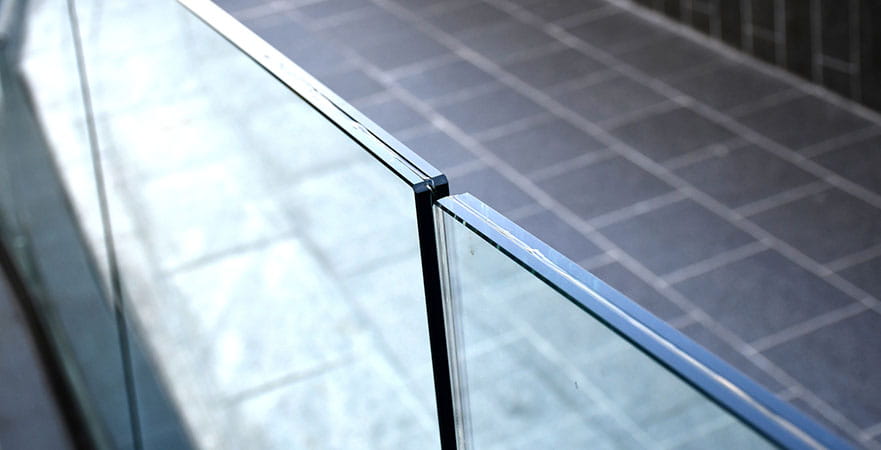What Is the Difference Between Toughened and Laminated Glass?
Toughened glass and laminated glass are often confused with each other, although they are different products manufactured in different ways. Each has its own benefits and applications.
| Laminated Glass | Toughened Glass |
|---|
| European Standard Number: BS EN 14449 | European Standard Number: BS EN 12150 |
| Can be 'broken' and cracked | Is up to five times stronger than ordinary glass |
| Is held together by the PVB layer, which is difficult to pierce | Shatters into small granular pieces with dulled edges for safety |
| Required in car windscreens | Required in windows up to 800mm from ground level and 1,500mm for doors with glazing |
| Enhanced noise reduction | No noise reduction |
| Enhanced UV resistance | No UV resistance |
| Chosen for security or safety | Chosen for safety |
| Usually has a B/2 class rating | Usually has the highest safety rating A/1 |
| More expensive but offers more protection | More economical and used more often as safety glass |

Laminated Glass
Laminated glass is made by sandwiching a polyvinyl butyral (PVB) layer of thin plastic between two panes of annealed glass and fusing them together. The PVB thin layer is a minimum of 0.38 mm thick and can be used in multiples to create more resistance (for example, bulletproof glass) – 0.76mm is usually the maximum thickness for domestic glass.
The unique quality of laminated glass is how the glass is fused to the PVB layer and stays in place if it's broken. For this reason, it's used in skylights or glass ceilings to avoid glass shattering and falling from above.
As the laminate layer is so thin, it's difficult to detect any perceptible difference in the glass.
Safety glass should be marked by a kitemark and the Standard for laminated glass is BS EN 14449.
Read more: Laminated glass...